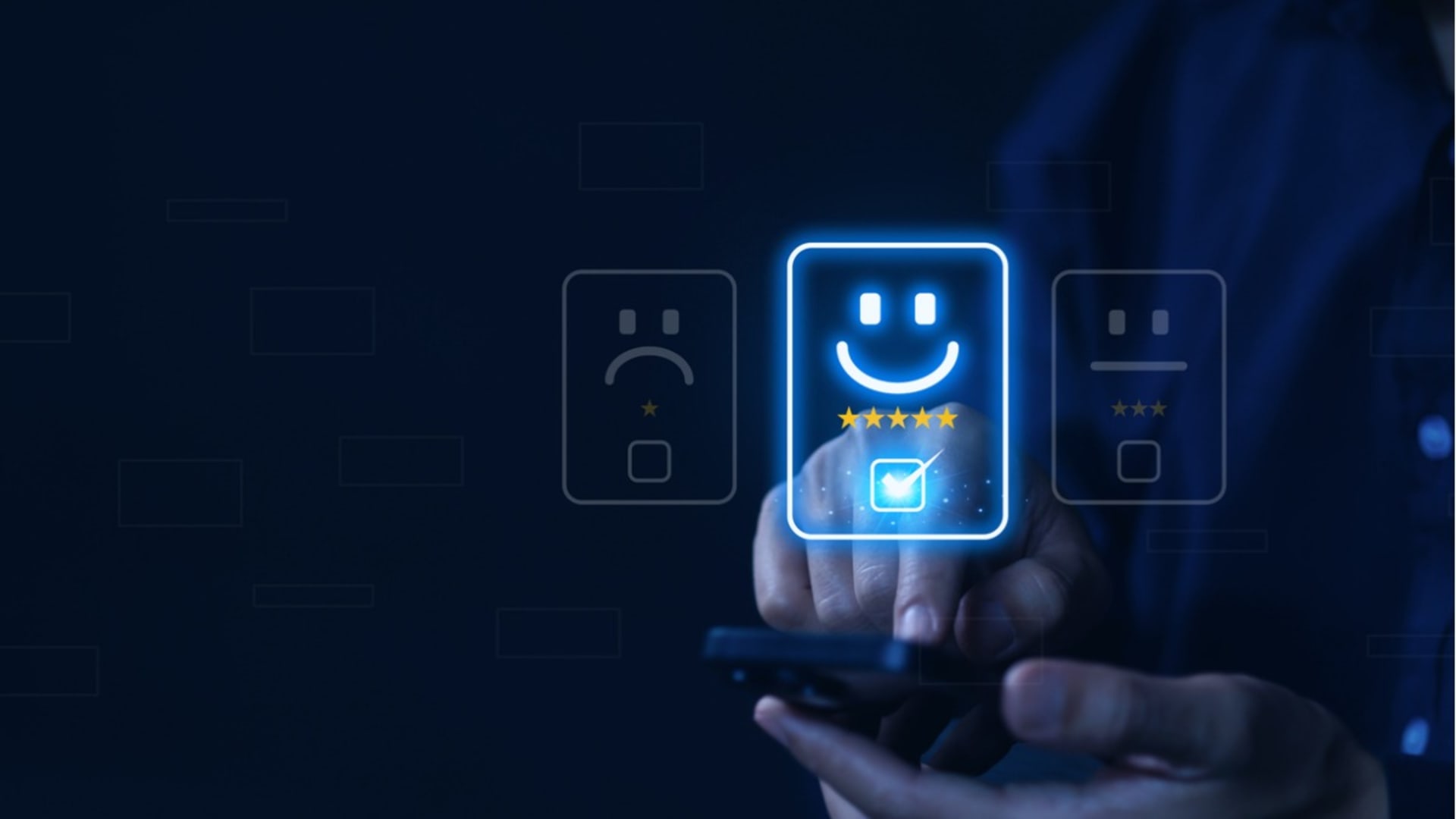The digital age has brought us unprecedented solutions to problems we may have never even realized existed. It makes our lives easier and makes our processes and ways of doing personal and professional activities more efficient. But that doesn’t mean the digital era has changed our lives for the better across the board.
One area that has presented a bit of a challenge is building relationships. When we’re operating in front of screens rather than communicating as real human beings, we lose that sense of connection. And for businesses, that can interfere with consumer loyalty.
How do we nurture consumer relationships and build loyalty in the digital era? While there are challenges, there are also plenty of opportunities.
Why Does Consumer Loyalty Matter?
Loyal customers spend 67% more than new ones do. That’s enough to make you buy into the prioritization of consumer loyalty. But more than that, this important segment is a key factor in boosting your reputation as a business and driving the success of your brand. You want to gain recognition and grow, and the consumers you retain year after year help spread the word. They are the ones who build trust in your brand and encourage others to engage with your services.
Focusing on loyalty also helps you grow more quickly. It’s the cost-effective option. But it doesn’t have to be either/or—in fact, cultivating loyal consumers will also help you attract new ones. Your existing customers, after all, will share their experiences with your brand, which can influence others to turn to your organization, too.
How to Build Consumer Loyalty in the Digital Era
1. Collect That Data—and Use It
An enormous benefit of the digital tools and processes that have been introduced over the last several decades is that they are bringing businesses of all types a wealth of data, called big data. And when it is used responsibly and effectively, organizations can reap incredible rewards.
For example, data can contribute to a more personalized, customized user experience. This is something people crave. According to PwC’s Customer Loyalty Survey 2022, 82% of consumers would share some type of personal data for a better customer experience. With more insights available to them—personal data, real-time feedback, and so on—businesses can tailor the experience to their particular needs and wants.
There are several ways that businesses can gather data. Plenty of digital platforms gather information about user behaviors, demographics, preferences, and statistics, from social media platforms to websites to a variety of software applications, and organizations can derive insights from this data. They can also ask consumers and prospective consumers directly by reaching out to them via surveys, social media, and more.
Location-based advertising is another way organizations can gather feedback. And they should make sure they have structures to track website activity and email engagement rates in place.
Of course, having the data is one thing. Using it is another.
Any business can benefit from the help of data professionals—that is, data scientists, analysts, specialists, and others—to make sense of all the information they have collected. These valuable professionals will mine, clean, evaluate, and otherwise assess your data in order to glean important insights. From there, they can make recommendations on how you can improve your services. This is all in service of the goal of building consumer relationships, as well as boosting your businesses in other areas.
2. Provide the Human Touch
The PwC Survey also reveals that one-third of individuals say that human interaction is an important factor in their loyalty and that for some types of businesses, that figure rises to 50%.
What does it mean to provide that human touch? And how can you make it happen through digital platforms and means?
Essentially, this involves prioritizing the consumer and putting them at the center of your processes. It’s about building trust and cultivating relationships. The customer experience (CX) is about finding ways to incorporate a personal touch and demonstrating your humanity.
One way to do this is to focus on demonstrating your values as a brand and incorporating them into your activities. Sixty-eight percent of customers worldwide say they trust companies that act with society’s best interests in mind, according to the fifth edition of Salesforce’s State of the Connected Customer report.
Perhaps this is evident in social activities, like giving back to underrepresented communities. Or maybe your mission is evident in your day-to-day practices through other means. Whatever it is, there must be a way to connect with your customers and demonstrate your humanity as a brand and as leaders.
3. Ramp up Your Digital Presence
This may sound obvious, but a strong digital presence simply isn’t optional any longer. And you might be surprised to learn that some businesses haven’t ramped up their digital efforts. Many of them floundered when the pandemic struck, and some didn’t survive at all.
Clearly, your digital efforts are paramount to your success. So, how do you use them to build consumer loyalty? The good news is that there are numerous ways to do so—and they will prove essential in demonstrating to your customers that you are a modern, relevant organization. After all, if you fail to maintain a well-cultivated digital presence, your business itself will seem outdated, and you will lose customers.
Although far from the only tool, your website will be the centerpiece of your digital presence. Look for ways to include engaging content—a blog, videos, interactive features, and so on—and make sure to always keep the website updated with new content, no broken links, news, and relevant information.
Social media is another important digital tool. Businesses should be on all major platforms and share content regularly. They should also look for ways to interact with consumers on their platforms such as with polls and comments.
Businesses can also use email marketing and text messaging to communicate with their consumers, offering special deals and information to their loyal customers. However, it’s important to make sure that customers sign up for these alerts—you can offer incentives for them to do so—because otherwise, you risk violating spam regulations and losing your consumers’ loyalty.
4. Leverage Customer Relationship Management (CRM) Tools
Customer relationship management (CRM) software has become an integral part of customer loyalty and retention strategies. This is a means of cultivating stronger relationships with consumers by entering their information into CRM databases, gleaning information about their interactions with your company, and establishing new strategies for boosting brand awareness and loyalty.
A CRM platform is far more than a simple database. A comprehensive platform automates your processes, provides actionable analytics, and offers big-picture and more detailed insights. For example, it will help you categorize customers and clients according to the number of interactions they have with your brand and the value they offer you, automate targeted email marketing, and much more.
5. Implement Consumer Loyalty Programs
Consumer loyalty programs are nothing new, but the digital era offers new opportunities to incentivize customers to engage with brands and encourage them to make more purchases. Some common examples of types of loyalty programs are:
- Points for purchases
- Rewards for referrals
- Tiered levels of engagement
- Perks for using the business’ app
- Early sales or previews for members
Essentially, this is a way of recognizing customers and making those who are truly loyal feel special. By establishing rewards programs, you are strengthening the bond between the business and the consumer. And even first-time customers can participate, which, in turn, will encourage them to become loyal.
McDonald’s managed to enroll 30 million members within six months of launching its new US loyalty program and saw a 10% increase in digital customer frequency. Amazon’s Prime program is an example of providing exclusive benefits to members who enroll. While there is a fee to join, the program goes a long way in cultivating loyalty by providing unique rewards to members, such as free two-day shipping, access to Prime-owned streaming services, frequent sales, exclusive deals, and points to use on Amazon purchases with the accompanying credit card.
But you don’t need to have a long-established, well-known brand to build a successful loyalty program. You probably encounter local businesses that have them—coffee shops that offer free cups of coffee after 10 purchases, for example. And you can implement one at your business, too, whether it’s a virtual program, an in-store one, or both.
Along with the examples described above, consider:
- Offering gifts or bonuses on customers’ birthdays
- Providing incentives for reposting social media posts or sharing purchases on social media platforms
- Offering a discount for signing up for your email list or newsletter
6. Don’t Forget About Your Brick-and-Mortar Stores
The rise of e-commerce doesn’t mean that physical stores are completely dead. There are plenty of people who still interact with brick-and-mortar establishments, and it’s certainly worth your time and effort to devote attention to them.
Your in-store presence can actually boost your digital presence, too. Customers who visit your brick-and-mortar establishments may leave you online reviews, for example. Or, they might look at and try on items in your store before purchasing them online.
Your physical presence needs to be an asset to your entire brand, and excellent customer service is key. This is how you will engage your customers in all areas. Training your employees to be friendly and approachable is, of course, a must, but that’s far from the only step you need to take. Look for additional ways to engage your customers. You might have QR codes posted throughout the establishment, for example, allowing visitors to view products online or learn more about your business.
In a nutshell, every channel is an opportunity to help you drive and solidify engagement, thus encouraging your customers to be loyal to your company and brand. It’s about creating and nurturing relationships.
A Customer Experience That Drives Loyalty
You can cultivate consumer loyalty in the digital age. In fact, today, there are many tools you have available to assist you as you grow your business. While no one tool or tip on this list will do all the legwork in terms of boosting your brand and your relationships with your consumers, using a multichannel approach will allow you to improve your brand, develop and nurture relationships, and succeed in a competitive market.
Ultimately, this is the goal of any business, no matter what your sector—improving the customer experience and making the people who benefit from your services happy.







